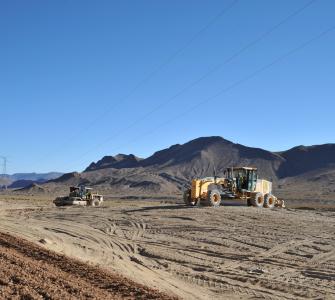The Bolivian government is planning to build or improve thousands of kilometers of road over the next few years. These projects are expected to contribute to regional development by increasing employment, trade, and economic opportunities through increased connectivity and mobility. Yet these road projects also have serious environmental impacts, especially when located in ecologically sensitive areas.
The Bolivian government uses Environmental Impact Assessment Studies (Estudios de Evaluación de Impacto Ambiental, EEIA) to identify and evaluate the potential impacts generated by new road projects in order to control for negative impacts and promote positive ones. However, these studies often do not analyze the potential cumulative, indirect, and long-term impacts of a project, thereby underestimating the possible environmental and social impact.
To broaden the scope of the EEIA, the government can use a technique known as mitigation hierarchy (jerarquía de mitigación, JdM), which is a way of analyzing potential infrastructure projects to offset negative environmental impacts. JdM identifies and quantifies the negative and positive impacts of a given project, and identifies ways to offset the negative impacts so that the overall or net impact on ecosystems is zero or positive.
In 2022, Conservation Strategy Fund and Wildlife Conservation Society Bolivia completed a technical guide to facilitate the application of JdM in the Bolivian transportation sector. This guide includes the key methodological procedures for the correct application of JdM in the road transport sector, as well as input from international experts. The guide was developed in coordination with the Viceministry of Transportation in Bolivia, and the Bolivian Highway Administrator (Administradora Boliviana de Carreteras, ABC). In addition to the guide, CSF and the government agencies are in discussion to integrate this mitigation hierarchy concept into Bolivian transport regulation.
Our hope is that the guide and draft regulation we developed will help create the necessary conditions to support the development of a formal law or Supreme Decree that establishes the regulatory framework for the implementation of the JdM concept in road transport in Bolivia. This integration will ensure that future infrastructure projects in Bolivia will take into account their potential negative environmental impacts, and empower policy-makers to integrate environmental protections in these transport projects.
This project was made possible with support from the Wildlife Conservation Society Bolivia and the Gordon and Betty Moore Foundation.
Photo: Altiplano, Bolivia
Photo Credit: Shutterstock.com

